Designing Effective Assessments for Vocational Training Programs
Nov 07, 2023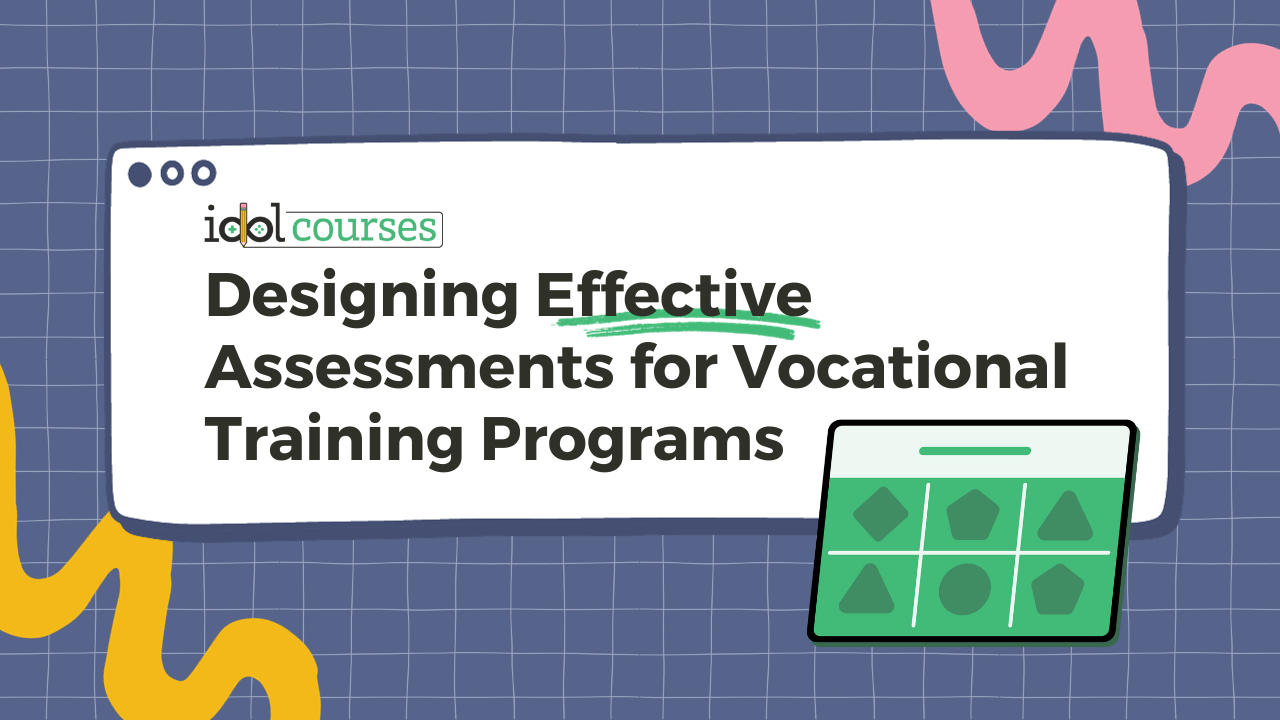
Table of Contents
-
Align Vocational Training Assessments with Learning Objectives
-
Including Assessment Examples in Your Instructional Design Portfolio
Vocational Training Assessment
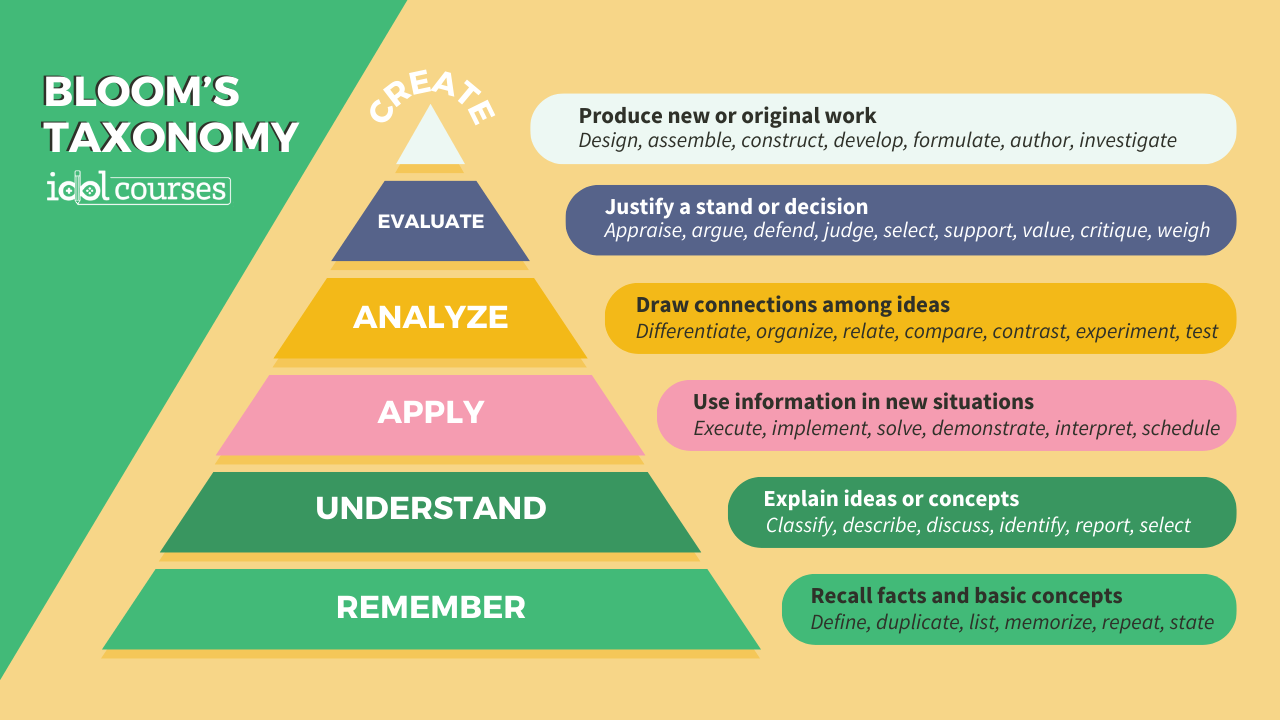
Assessing students is an integral part of the learning process. It enables you to determine if your students have learned the material and see which areas they need to improve. However, designing effective assessments that provide meaningful feedback to students can be challenging. In vocational training programs, it's essential to ensure that assessments are not only valid and reliable but also relevant to the skills and knowledge required for their future career. In this post, we'll explore some best practices for designing assessments for vocational training programs, which will help you effectively build the assessment portion of your instructional design portfolio.
Align Vocational Training Assessments with Learning Objectives
The first step in designing assessments is to ensure they align with the learning objectives. This means that the assessment should measure the knowledge and skills you want your students to acquire. In a study conducted by Biggs (2003), it was found that constructive alignment, where teaching methods and assessment tasks are aligned with the intended learning outcomes, improved students' understanding of the subject matter. This might involve creating different types of assessments, such as multiple-choice questions, short-answer questions, or hands-on practical assessments. Ensure that the assessment aligns with the level of Bloom's taxonomy that you want students to achieve.
Examples of Vocational Training Assessments

There's a wide spectrum of appropriate assessment types for vocational training, each catering to different skills and knowledge areas. In an Automotive Mechanic training program, for instance, a written assessment might include multiple-choice or short-answer questions regarding engine components, basic car maintenance, or safety regulations. On the other hand, hands-on assessments could involve real-world scenarios such as diagnosing a mechanical issue or performing a routine oil change under supervised conditions. Similarly, in a Culinary Arts program, written tests could assess the understanding of recipes, cooking techniques, or food safety, while practical assessments may require students to prepare a dish using a specified set of ingredients or perform a knife skills demonstration. The key is to ensure the mode of assessment is relevant and directly reflective of the skills required in the field.
Using Authentic Assessments in Vocational Training
A study by Gulikers, Bastiaens, and Kirschner (2004) in the field of vocational education highlighted that authentic assessment tasks, reflective of real-world situations, led to better skill acquisition and application. This study underscores the importance of assessment alignment with learning objectives in vocational training, reinforcing the necessity of this practice for superior educational outcomes. Authentic assessments provide an opportunity for students to demonstrate their skills and knowledge in a real-world setting. This type of assessment can include simulations, case studies, or problem-solving tasks that require students to apply their knowledge and skills to a realistic scenario. Authentic assessments can be more engaging and motivate students to learn by providing them with a sense of accomplishment.
Examples of Authentic Assessment in Vocational Training

Examples of authentic assessments in vocational training can vary widely, based on the specific field of study. For instance, if you are a student in IDOL Courses, you will be evaluated on your use of eLearning design tools like Articulate Storyline, Camtasia, or Genially by submitting assets you design to IDOL instructors. In a healthcare training program, students might be evaluated through a high-fidelity simulation of a medical emergency where they would need to apply their knowledge of emergency medicine protocols and demonstrate their ability to work under pressure. Cosmetology students practice cutting hair on both mannequins and live volunteers. In a construction program, students could be tasked with creating a miniature model of a building, integrating principles of design, safety, and efficiency. A business program might use a case study assessment where students present a pitch for a new product or service, demonstrating their understanding of market research, financial planning, and effective communication. Such authentic assessments mimic real-world scenarios, challenging students to apply their learning in a practical context.
Reliability and Validity in Assessment Design
Reliability and validity are essential components of vocational training assessment design. Reliability means that the assessment produces consistent results over time. Validity ensures that the assessment measures what it is supposed to measure and is relevant to the training program at hand. One way to ensure reliability and validity is to use rubrics that provide clear criteria for assessment.
How Do We Ensure Reliability and Validity?
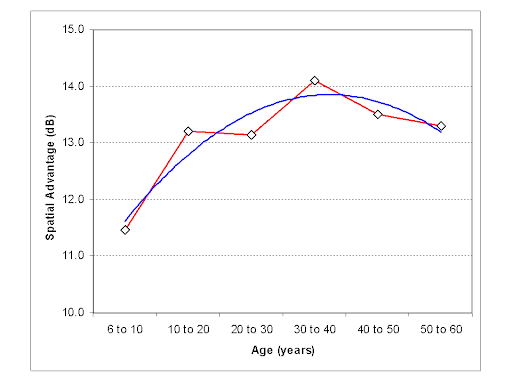
To ensure reliability and validity in vocational training assessments, a multi-tiered approach is crucial. First, a content validity analysis should be conducted to verify the assessment measures the intended learning outcomes. This involves subject matter experts reviewing the assessments to ascertain that they are representative of the learning objectives. Second, inter-rater reliability should be cultivated by providing clear grading rubrics and conducting assessment calibration sessions among evaluators to minimize subjective biases. Third, test-retest reliability can be ensured by repeating the assessment with the same group of students after some time has passed and comparing the results. A high correlation would indicate the assessment is reliable. Finally, concurrent validity can be established by correlating the results of the assessment with other established measures of the same skills or knowledge. This comprehensive approach will reinforce the credibility of the vocational training assessment, bolstering its ability to accurately and consistently measure student learning outcomes.
Provide Feedback
Providing feedback to students is an essential part of the assessment process. Feedback can motivate students to improve and help them understand where they need to focus their efforts. Effective feedback is specific, timely, and constructive. It's also important to give students feedback on their strengths, not just their weaknesses.
Embedding Feedback into Assessment Design
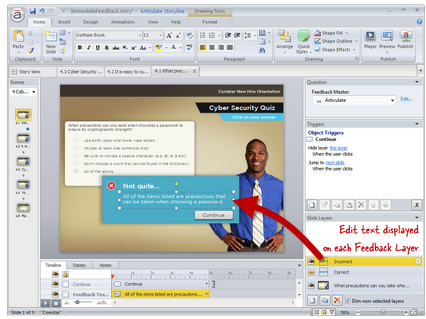
For an instructional designer, embedding feedback into vocational training assessment design is crucial for enhancing student learning and performance. One effective approach is to incorporate self-assessment and peer-review components into the assessment tasks. These strategies encourage self-reflection and collaborative learning, leading to a deeper understanding of the subject matter. Additionally, technology can be leveraged to provide immediate and personalized feedback. For example, online quizzes in eLearning modules created via Articulate Storyline can be designed to deliver instant feedback after each question or at the end of the test, helping students identify their areas of strength and weakness. Performance-based assessments, such as presentations or projects, can include a feedback session where educators provide constructive criticism and acknowledgment of the student's efforts. This feedback can be further supplemented with detailed written comments or scoring rubrics explaining the grading criteria. By weaving feedback into the fabric of the assessment design, instructional designers can foster a supportive learning environment that prioritizes progress and improvement.
Digital Credentials
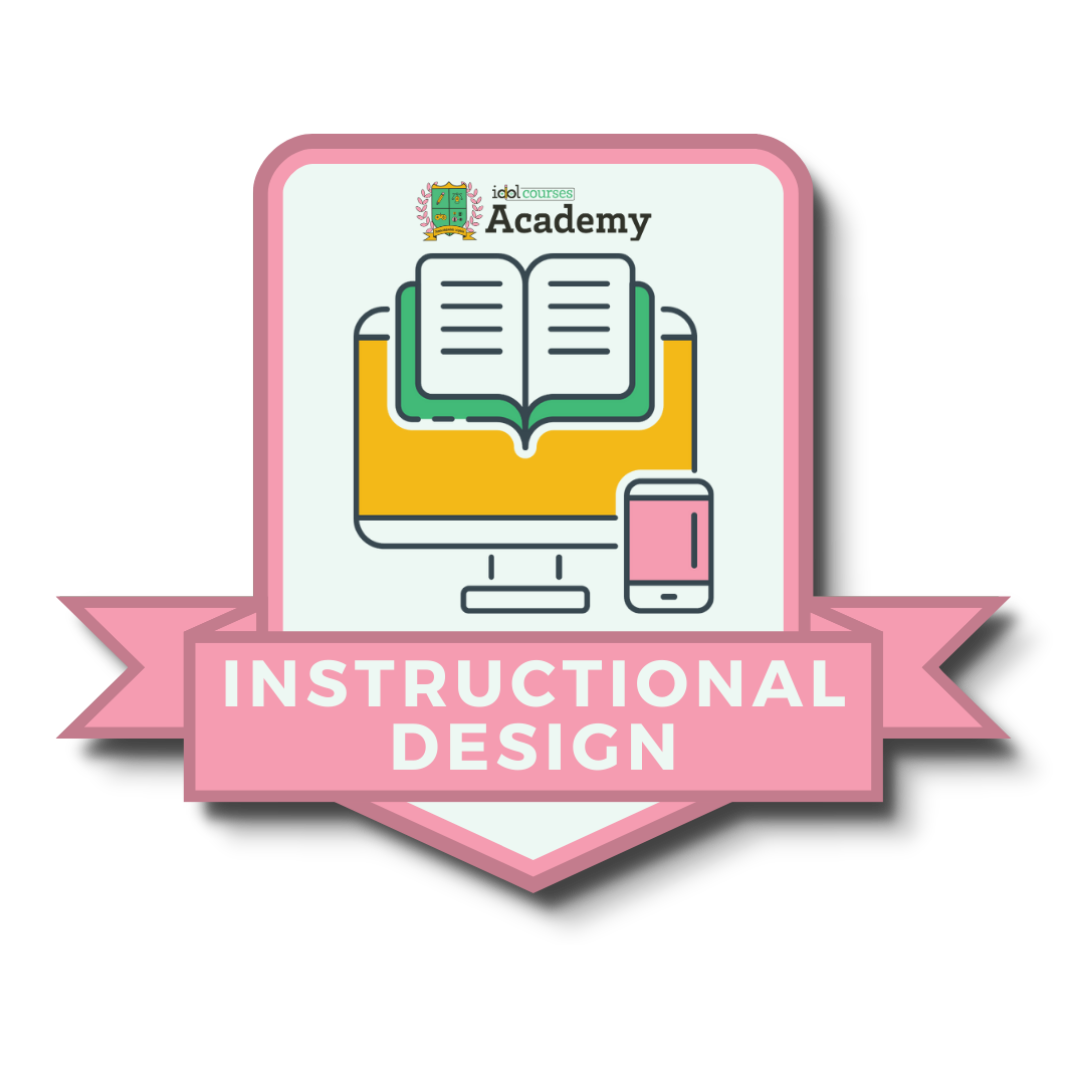
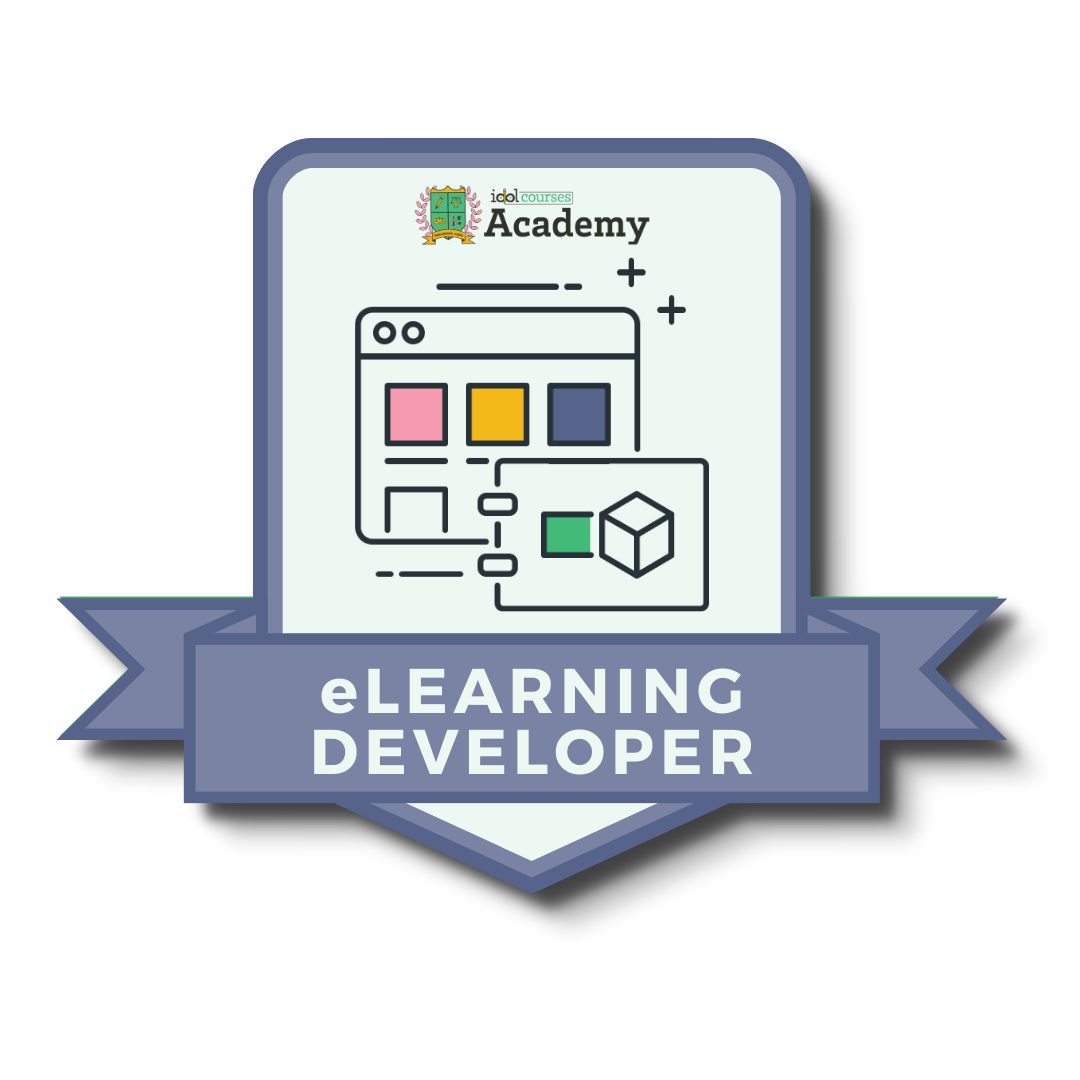
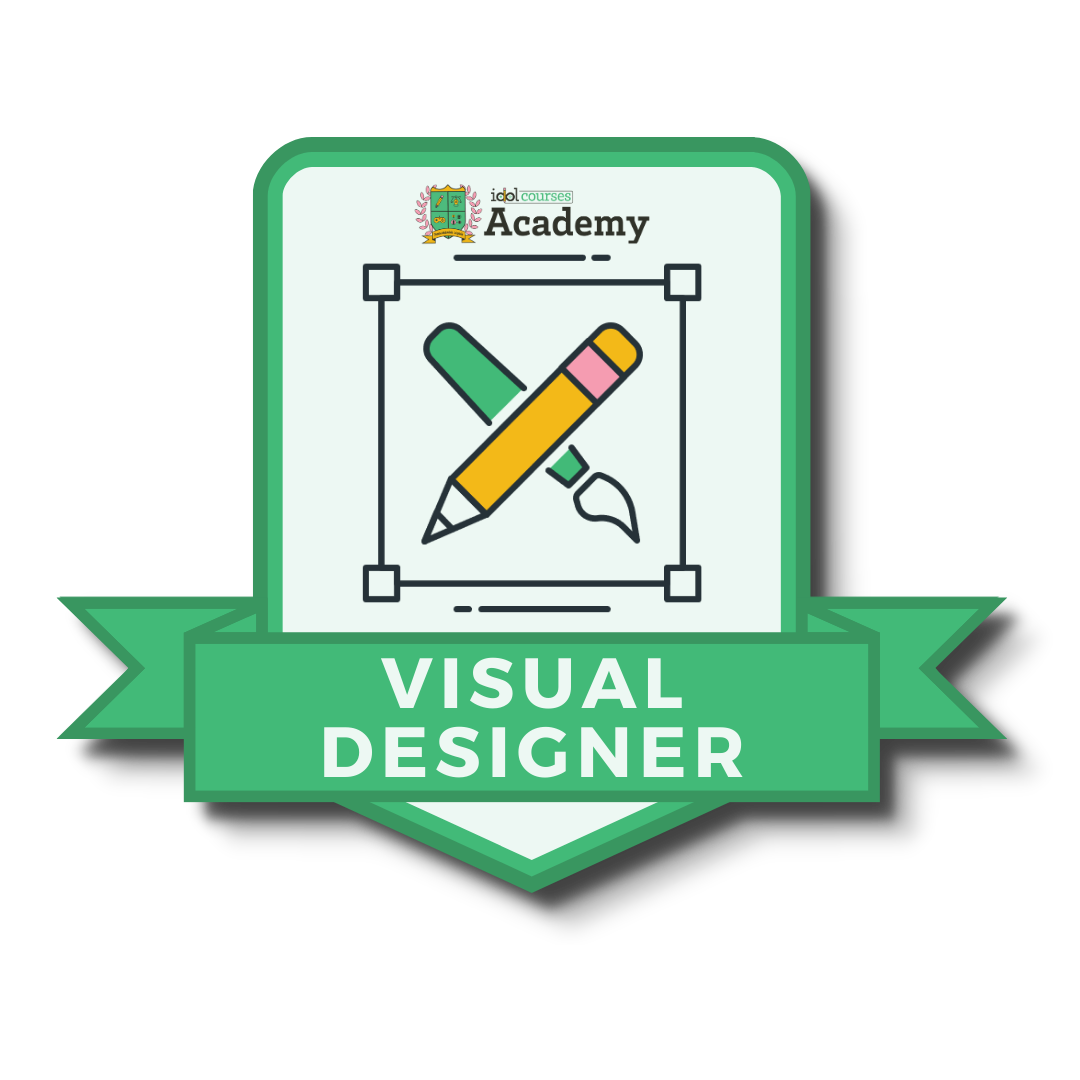
Incorporating incentives such as digital badges into vocational training assessments can significantly boost student motivation and engagement. Digital badges are a form of micro-credential that acknowledges a student's mastery of specific skills or knowledge areas. They function as a visual representation of achievement and can be shared on social media platforms, digital portfolios, or resumes, providing potential employers with tangible evidence of a candidate's abilities. This innovative approach to recognition not only fosters a sense of accomplishment in students but also adds an element of gamification to the learning process, encouraging continuous improvement and mastery. Check out how IDOL Courses uses digital credentials to allow learners to display their achievements for potential employers to see! By offering digital badges as rewards for successful completion of assessments, educators can enhance the learning experience, making it more dynamic, engaging, and rewarding.
Evaluate the Assessment
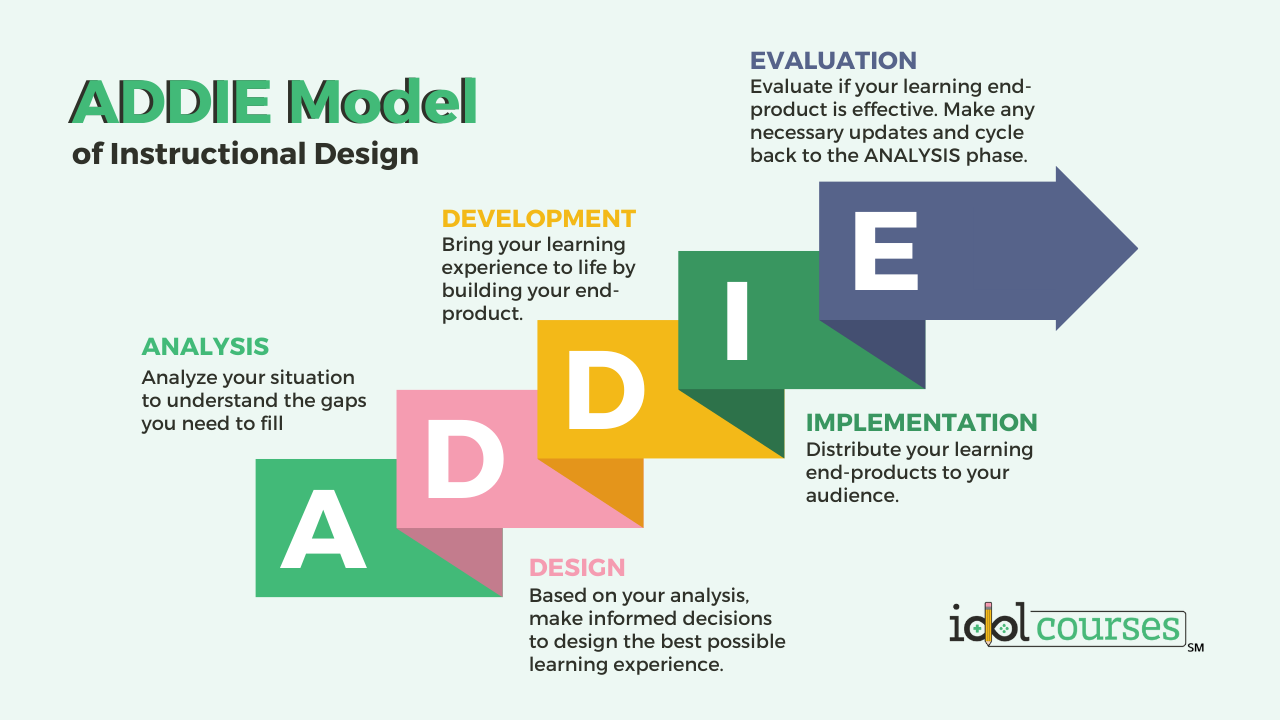
Evaluating the effectiveness of the assessment is a critical step that can help you improve your future assessments. You can use student feedback, statistical analysis, and other evaluation methods to assess the assessment's effectiveness. You can also use the evaluation process to identify areas for improvement and refine your assessment design.
Instructional Design Models for Vocational Training Assessment Evaluation
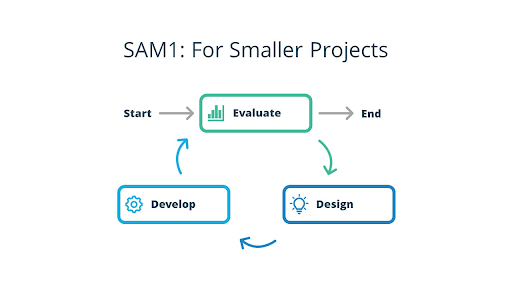
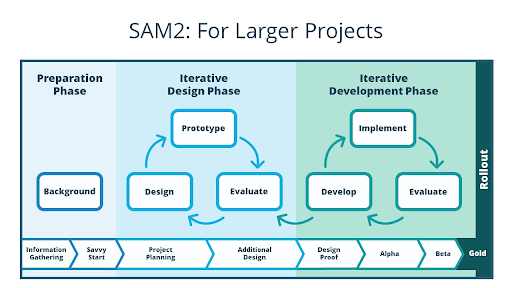
There are several instructional design models that can be utilized for assessment evaluation. One such model is the Addie Model, which stands for Analysis, Design, Development, Implementation, and Evaluation. This model promotes continuous improvement by incorporating evaluation at every phase. Another model is the Kirkpatrick Model - it takes a four-level approach to evaluate training effectiveness, focusing on reaction, learning, behavior, and results. The CIPP Model (Context, Input, Process, Product) is another comprehensive framework that assesses all aspects of a program including its context, input, processes, and outcomes. Meanwhile, the SAM (Successive Approximation Model) emphasizes iterative development and continuous improvements based on regular feedback and evaluations. These models, with their unique methodologies, can provide valuable insights to enhance assessment design and effectiveness in vocational training.
Including Assessment Examples in Your Instructional Design Portfolio
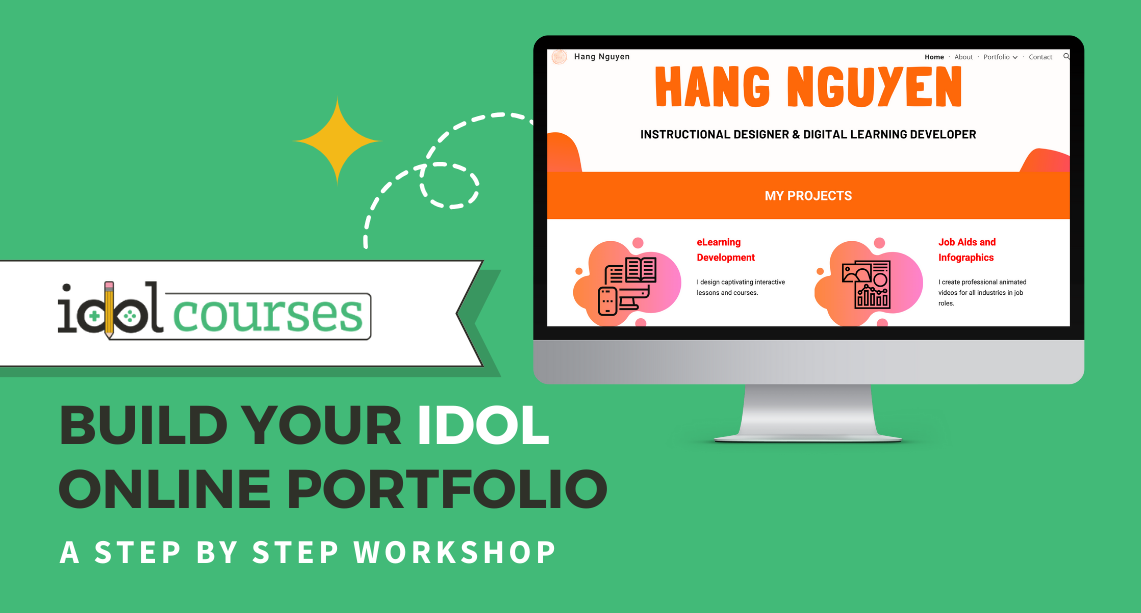
Designing effective assessments is a critical component in building your instructional design portfolio. By showcasing a collection of successful assessments, you demonstrate your ability to create tools that accurately measure learner performance, align with learning objectives, and facilitate feedback. Such a portfolio evidences your comprehensive understanding of adult learning principles and your ability to apply them practically. Moreover, it provides tangible proof of your proficiency in utilizing various technologies and instructional models to design innovative assessments. Consequently, this not only enhances your professional credibility but also sets you apart in the competitive field of instructional design.
Putting it All Together
Designing effective assessments for vocational training programs is a challenging task, but it's essential to ensure that students acquire the skills and knowledge they need for their future careers. By aligning assessments with learning objectives, using authentic assessments, ensuring reliability and validity, providing feedback, and evaluating the assessment's effectiveness, instructional designers can create meaningful assessments that provide students with valuable feedback and motivate them to excel in their vocational training.
Stay connected with news and updates!
Join our mailing list to receive the latest news and updates from our team.
Don't worry, your information will not be shared.
We hate SPAM. We will never sell your information, for any reason.


